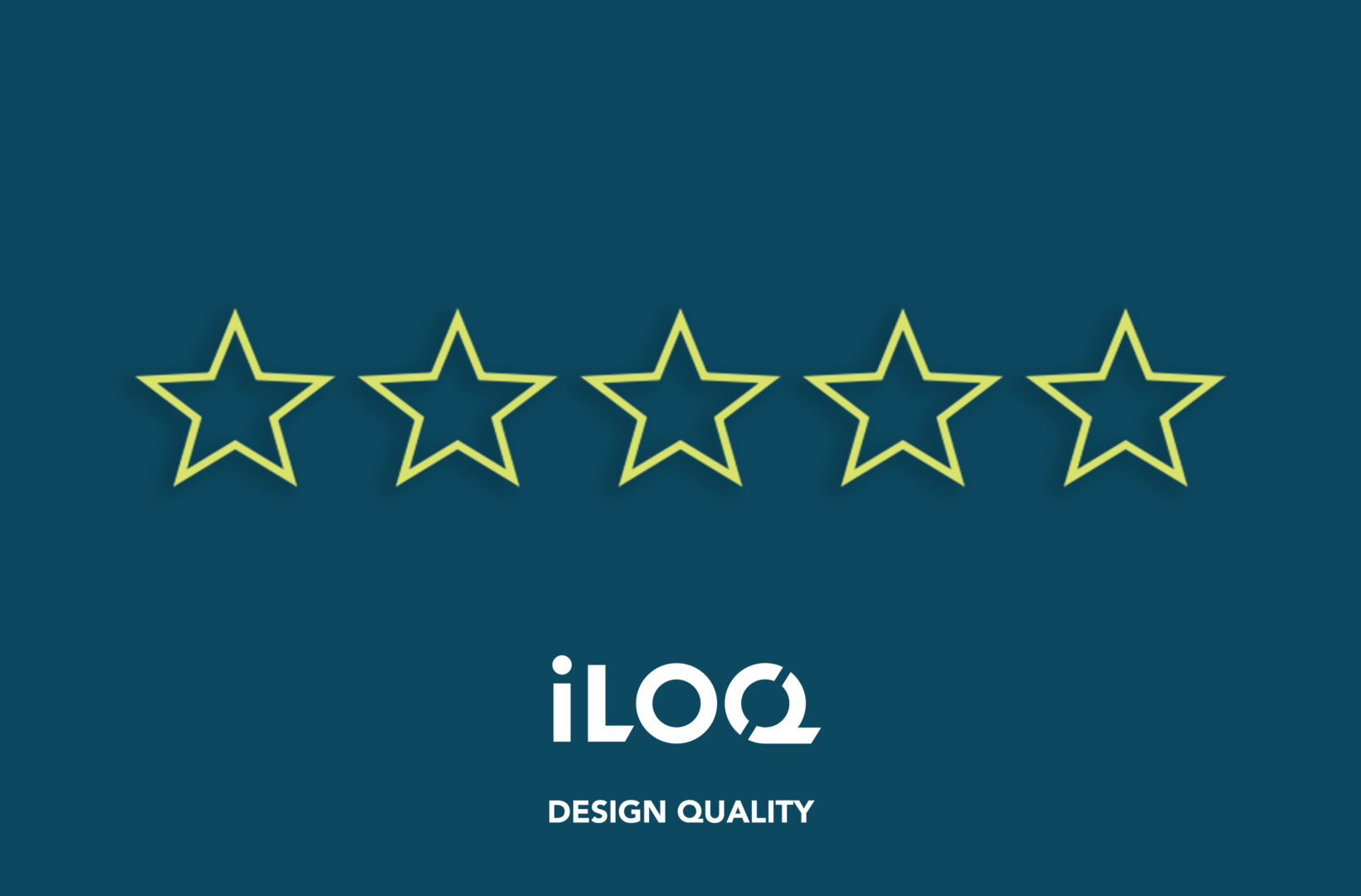3 steps to managing product quality

Customers have the right to demand the highest levels of quality from the products they buy. At iLOQ, we aim to not only fulfill those demands, but also exceed them. Quality is at the heart of everything we do; all the way from the designs we make, through the suppliers we choose to do business with, to our manufacturing methods. Our processes are designed to get our products right first time and prevent errors from ever happening.
We place a high priority on ‘self-checking’. By empowering our employees to take responsibility and ownership for quality, they are highly motivated to maintain the consistent level of quality that we are well known for. And, with checks at every stage in the process, we reduce costs as potential problems can be quickly fixed before the product moves on to the next stage of production.
The following three blog posts will talk you through how we make sure that our products are designed for good quality and reliability, the importance of the quality of our suppliers and their processes and how testing ensures the quality of our manufacturing methods.
Part 1: Design quality
How do we make sure that our products are designed for good quality and reliability?
iLOQ’s product development process takes a product from the initial idea through development and testing to final product creation. Process steps are planned to help the development team fulfill all tasks that are necessary to develop the product.
Development of a product relates not only to the product itself, but also includes many other aspects including packaging, service, training, sales material, marketing material and updating of the ERP system, etc. Development is divided into several stages including feasibility, development, prototype testing, production ramp up, volume production and end-of-life planning. Through these process steps, we ensure that all aspects of developing good quality products are covered.
In the beginning, we need to create a specification for a product which defines, in detail, what is required from it. Good specification is important to guide the development team in the right direction to ensure that a product is developed that fulfills the requirements of its intended markets and use cases.
The most important phases in developing a new product are the development phase itself followed by extensive testing. With testing, we ensure the security and functionality of a product for its intended use and long-term reliability. The security of a product is verified with different kinds of ‘burglar’ tests. These can include attacks with different kinds of tools including drills, steel saws, crowbars, hammers and sledgehammers, to mention a few. Another important part of security testing is manipulation testing. This test ensures that a lock can’t be opened by manipulating it.
The functionality of a product can be tested in a laboratory with different kinds of test cases covering all use cases of locks and locking systems. Durability and reliability are ensured with durability testing and environmental testing. In durability tests, we stress a product according to standards and requirements for the product in its intended markets. For example, in Europe we follow the requirements defined in the European specification EN15684 for electromechanical locks. This standard sets, among other requirements, the goal that the lock cylinder must ‘survive’ a durability test of being opened 200,000 times.
Environmental testing is used to verify the product’s long-term quality in different kinds of conditions. Tests include, for example, salt spray tests, 85/85 increased temperature and moisture tests (where products are exposed to 85°C temperatures and a relative humidity of 85%), humidity and temperature cycling tests, ESD protection and operation in extreme temperatures.
The final stage of making sure that our products are designed for good quality is the certification process for different markets. For example, in Finland our products need to pass testing defined by Finance Finland. Finance Finland works together with insuring companies in Finland to define testing requirements for safe lock products intended for Finnish markets. To qualify for certification, you need to pass the tests which are followed and reported by the independent Eurofins Expert Services.
Keep following our blog to find out more about our requirements to ensure supplier quality and processes and how we keep our manufacturing quality at the highest possible level. And, if you have any questions, don’t hesitate to post them in the comments box below – we’re here to help.


